Pentagon intelligence documents assess that Russia's space program is likely to weaken in the coming time, but the threat from China is increasing.
Specifically, the US side believes that Russia is facing global competition, embargoes and the rise of SpaceX, which will gradually weaken the country's space sector in the next decade. Meanwhile, China has developed enough capabilities to "threaten the assets of the US and its allies in space".
Increasingly sophisticated threats
The document also shows the growing importance of space operations in modern warfare, as exemplified by the ongoing conflict in Ukraine, and highlights threats that have been analyzed by the military over the years.
Speaking at the Space Symposium in Colorado Springs, General Chance Saltzman, head of the US Space Force, said the Pentagon is “seeing a range of extremely sophisticated threats,” such as jamming of communications and GPS satellites, spacecraft “capturing” satellites, laser technology, cyberattacks and motherships carrying spy satellite constellations.
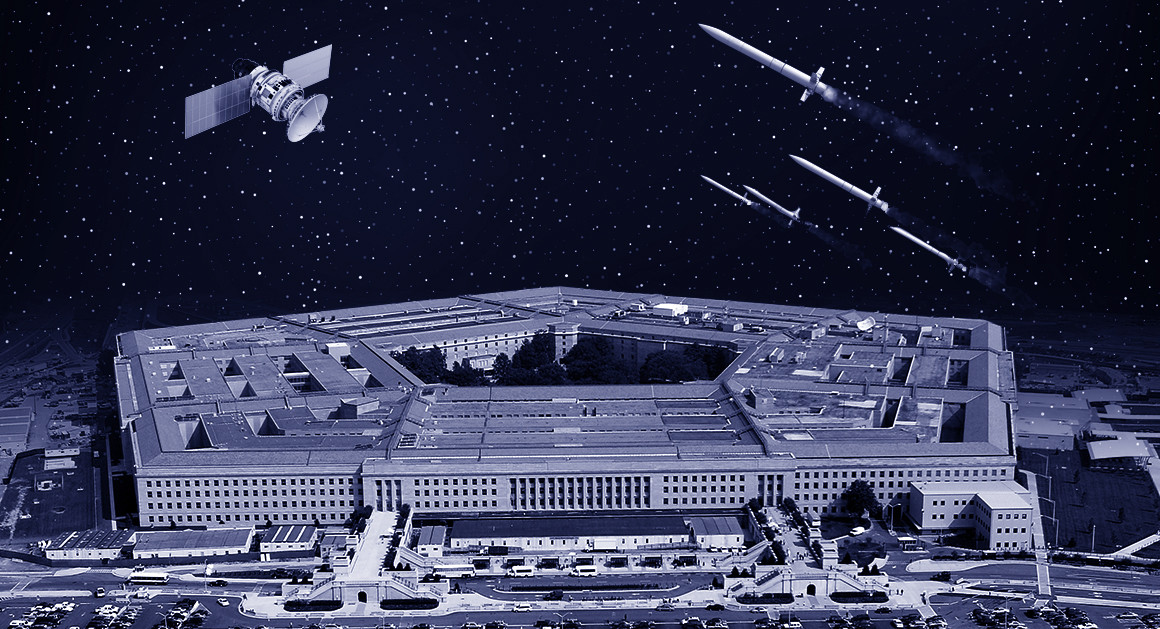
US Air Force Secretary Frank Kendall said at the conference that China “has doubled its satellite fleet since the Space Force was established.” The country now has more than 700 operational satellites, with about 250 for intelligence, surveillance and reconnaissance (ISR).
Both China and Russia have the ability to destroy satellites in orbit with missiles. China successfully tested one in 2007, while in 2021, Russia destroyed a decommissioned satellite with a missile.
Leaked documents show that Russia has also tested the Tobol electronic warfare system to disrupt SpaceX's Starlink satellite system, the satellite internet network that has kept Ukrainians connected throughout the war.
In its annual “Space Threat Assessment” report released in April, the Center for Strategic and International Studies (USA) found that “China continues to make progress toward its goal of becoming a leader in space.”
The country has built a space station in low Earth orbit, landed a spacecraft on the moon and a rover on Mars, and plans to send astronauts to the lunar south pole, a target of NASA’s Artemis program.
The Rise and Fall of the Space Powers
China has by far the most active space program among America's rivals, US officials say.
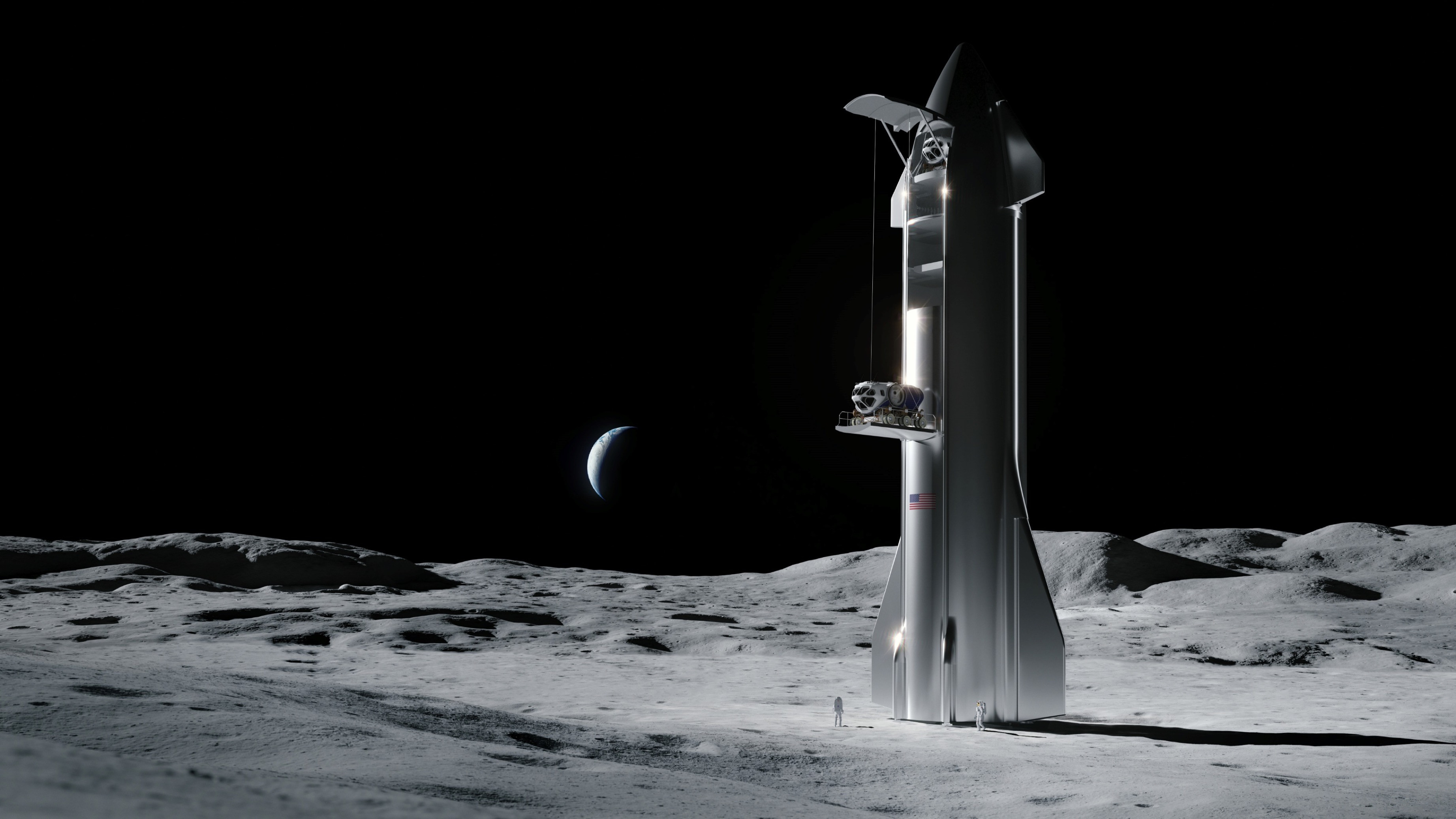
While China’s space program is growing steadily, Russia’s is shrinking, according to leaked intelligence documents. Along with global competition, “severed Western partnerships and disrupted supply chains have also likely hampered Russia’s ability to fund its space program, which has been in decline since at least 2020,” one of the documents said.
Although SpaceX is not mentioned by name, the document says that in 2020, “a US commercial company was granted a license to transport astronauts to the International Space Station. Previously, Washington had to pay $75-85 million per seat when using Russian spacecraft.”
However, the sanctions have caused foreign partners to turn their backs on Moscow and other space-related activities, leading to a decline in the main source of revenue for Russia’s space programs. In addition, the sanctions have made it difficult for the country to purchase foreign components and machinery.
Meanwhile, experts also said that China's overall military strategy has pushed the country to develop its space and counterspace doctrine, as well as tactics, techniques and operational procedures.
Bill Nelson, NASA Director General, said the civil space race between the world's two largest economies is "very hot" and the US will do everything to send people back to the Moon before its competitors.
(According to Washington Post)
Source






















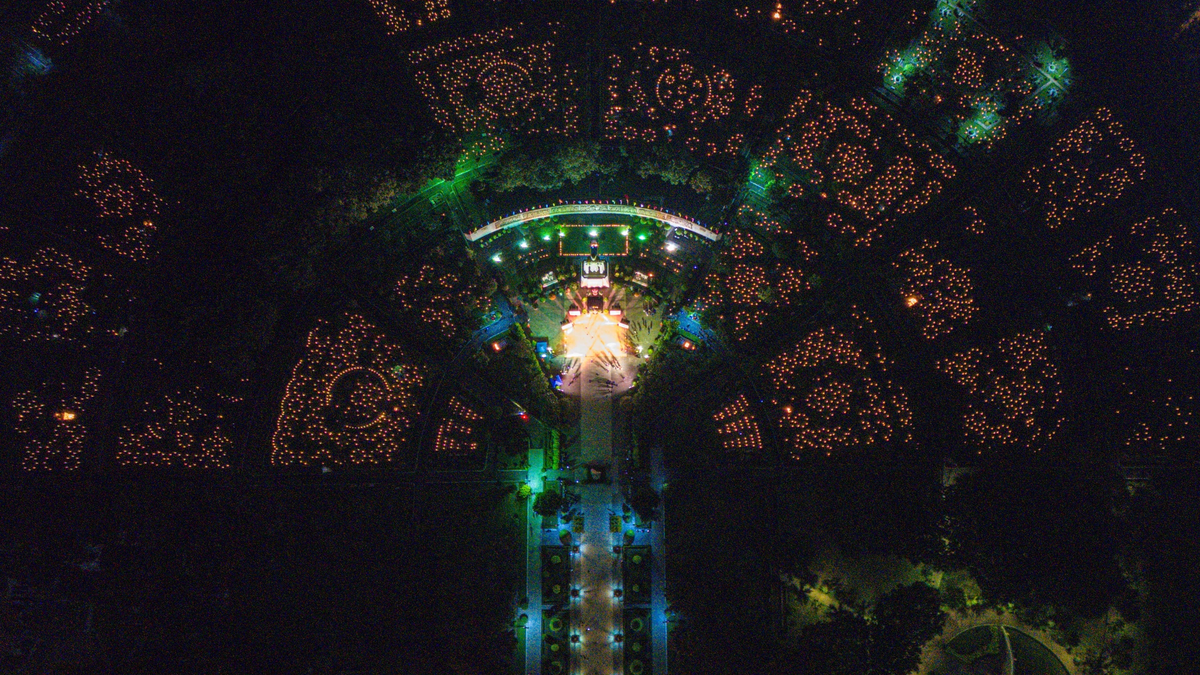



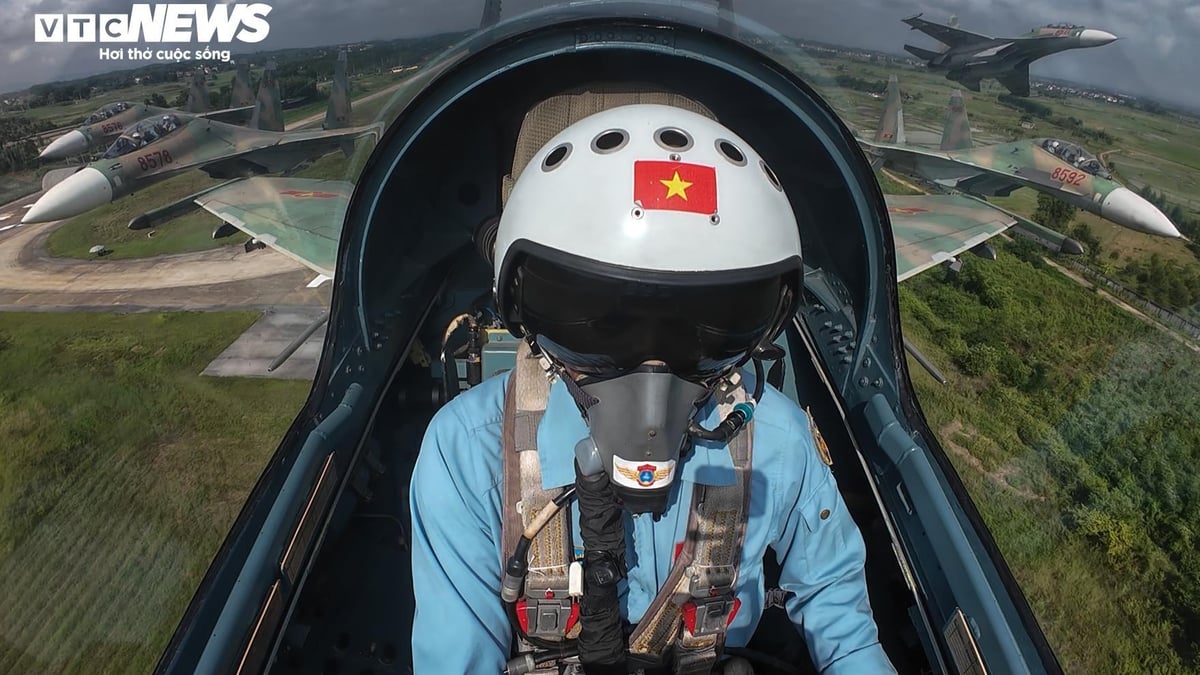











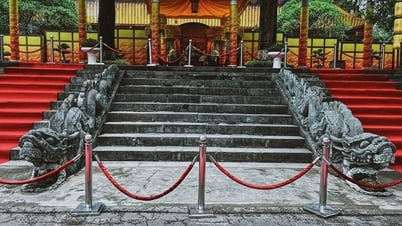













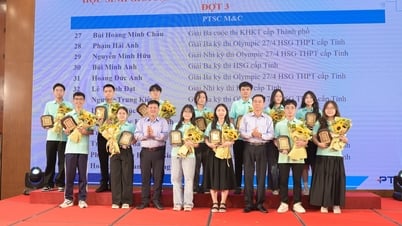

















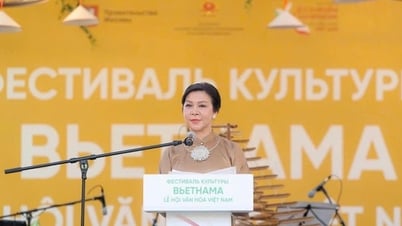



























Comment (0)